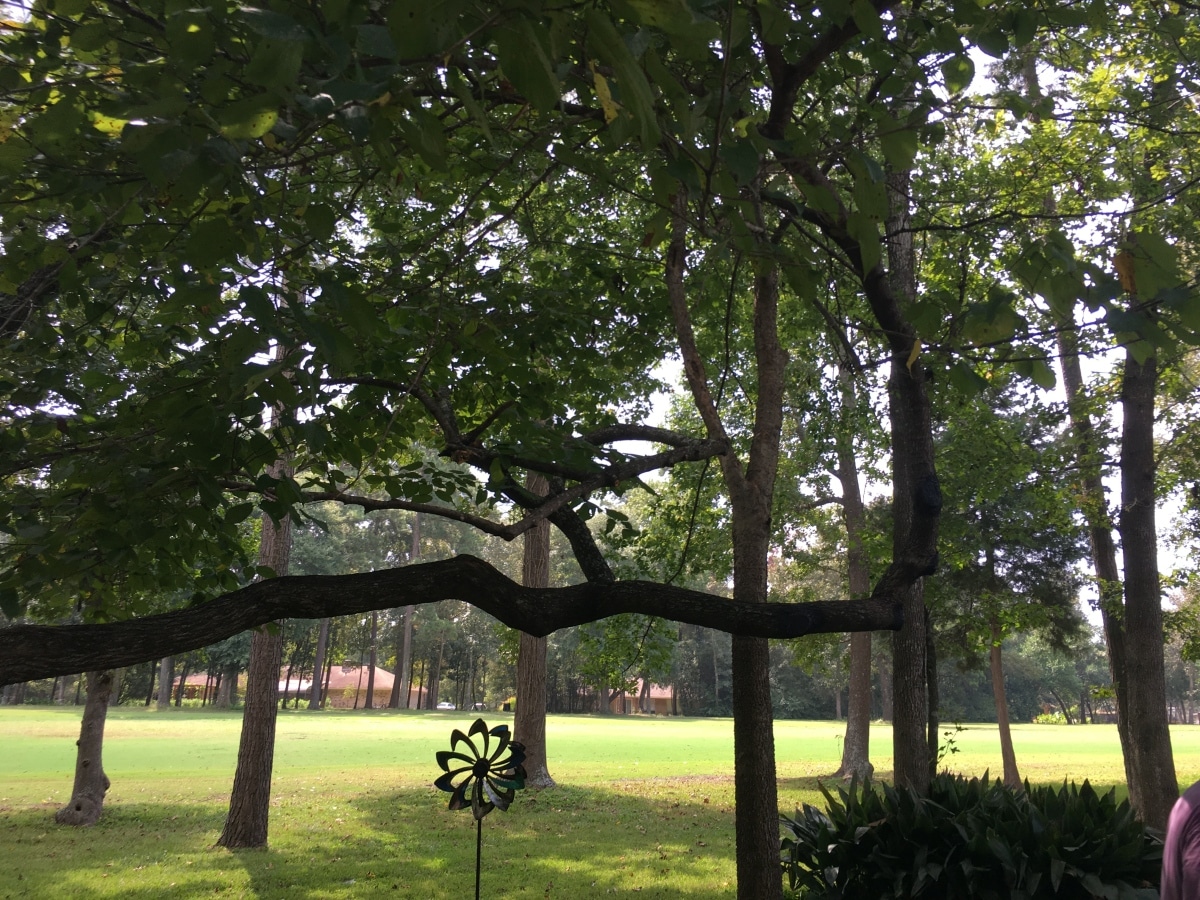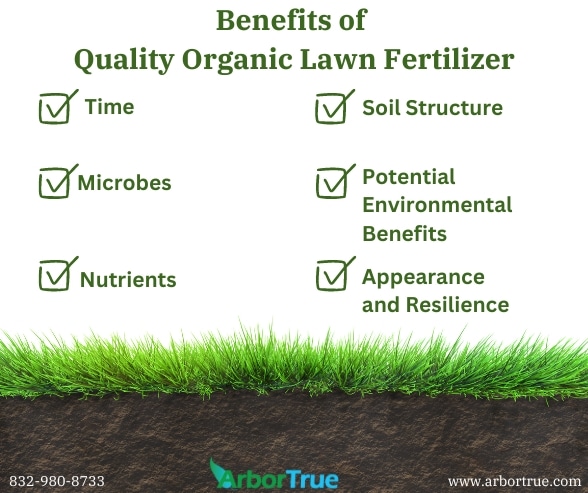Botanical Gardens Near Kingwood TX
June 28, 2018
Native Plants And The Benefits Of Native Animals
March 4, 2019

THE BENEFITS OF WINTERIZING YOUR LAWN
Winter is upon us and that means it is time to winterize your lawn! What is winterizing? The goal of winterizing your lawn is to slow down the growth rate and increase plant levels of potassium (K) .
What does potassium do for your lawn?
Without potassium, your grass would have stunted growth and would be yellow. Potassium facilitates the internal processes of the plant's cells including photosynthesis, respiration, absorption of water and increases the production of protein. potassium helps maintain turgor pressure in the cells of the plant, resulting in a positive influence on drought tolerance, cold hardiness, and disease resistance. By applying potassium to the lawn, you are strengthening the plant tissue and preparing the grass for winter freezes.
Potassium is an essential nutrient second only to Nitrogen. This nutrient regulates the opening and closing of stomata which in turn regulates the CO2 uptake. Potassium also triggers the activation of enzymes and is essential for production of Adenosine Triphosphate (ATP) which is an important energy source for many chemical processes taking place in the plant tissue.
When preparing for winter it is crucial to slow down the growth rate of the grass. Potassium activates growth related enzymes in the plant tissue. However, too much of a good thing is a bad thing. Potassium is a positively charged ion and can be stored in the soil cation exchange sites, meaning it doesn't leach out of the soil. This can be dangerous is potassium is over-applied.
If you have trees in your yard, it is essential to be vigilant while introducing higher amounts of potassium to the soil. Synthetic fertilizers that contain too much potassium create excessive soil salts that the trees may not be able to tolerate. This is why an organic fertilizers are the ideal fertilizers to use. Before applying fertilizer to your lawn it is best to have a soil test performed to determine your current nutrient profile before applying fertilizers.
Too much potassium disrupts the uptake of other important nutrients, such as calcium, nitrogen, magnesium, manganese, and iron creating deficiencies that usually produce visible effects. Most symptoms due to these deficiencies are chlorosis (yellowing), leaf spotting, lack of vigor and early defoliation.
When working with warm season grasses, it is important to chose a fertilizer low in nitrogen or does not contain nitrogen. High nitrogen fertilizers applied during late summer and early fall can overstimulate the grass and induce growth at a time when the grass should be storing nutrients and preparing for dormancy. An example of an ideal lawn fertilizer would be a 0-0-4, the first number being nitrogen, second being phosphorus and third being potassium. When it comes to your lawn and trees it is best to educate yourself and be prepared. Happy winterizing!

-Brittany Bates

